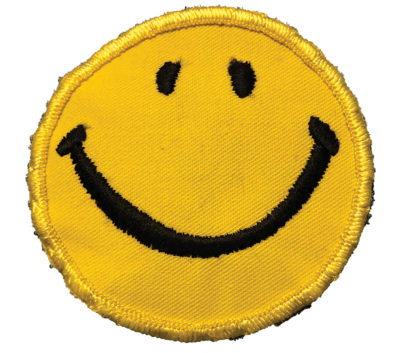
Dorri Partain
Northeast News
A campaign to boost morale among insurance agency employees lead to the creation of the Smiley Face, the grandfather of today’s emoji graphics.
Hired by the State Mutual Life Assurance Company, commercial artist Harvey Ball (1921-2001) spent ten minutes creating a yellow circle with black asymmetrical eyes and smile in 1963.
For his efforts, he was paid $45 and the company had 100 buttons made to distribute to employees.
Over 100,000 buttons were passed out to employees and customers before the campaign ended.
In 1971, brothers and business partners Murray and Bernard Spain were looking for a new icon that could be potentially as popular as the peace sign.
They owned a chain of Hallmark card shops in Philadelphia and realized the ubiquitous smiling face had never been trademarked, so they modified the design and added the line “Have a nice day.”
They had the design applied to a wide variety of products including coffee mugs, T-shirts, posters, buttons, embroidered patches, and refrigerator magnets, to name a few.
While Smiley’s popularity waned after a few years, the icon of the smiling face took a new direction by 1982 with the early development of the typographical “emoticon.”
The emotional icon was promoted by Scott E. Fahlman in a memo board used by Carnegie Mellon University of Cleveland, Ohio, to denote that the text prior was or was not a joke.
Using a colon for eyes, a dash for the nose, and parentheses for the mouth, the graphic was read sideways :-)
Other punctuation marks could be exchanged to show additional facial emotions.
Graphic designer Shigetaka Kurita developed a series of graphic icons for Japanese telecom company DoMoCo NTT in 1998; these 176 pictographic images (emojis) included the smiley face.
In 1991, original Smiley artist Harvey Ball created World Smile Day, celebrated on the first Friday in October.
Mark your calendars now to celebrate October 2 for World Smile Day 2020.


















